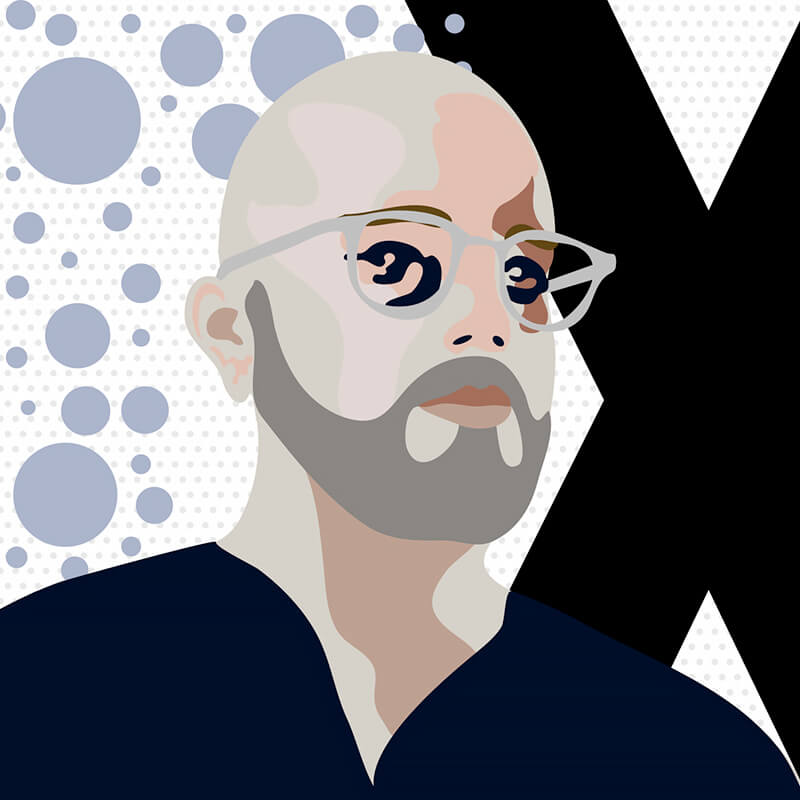Trevor Messersmith is an award-winning photographer and graphic designer based in New York's Hudson Valley. Trevor provides creative direction to a wide variety of online and print projects through 80east Design, a studio he started in 2002. Among other venues, Trevor's artwork has been exhibited at the California Museum of Photography, the Florida Museum of Photographic Arts, the Los Angeles Center for Digital Art, the Morean Arts Center, the Orange County Center for Contemporary Art, and the Center for Photographic Art.
He has been featured in AIGA's New York State of Design, Print Magazine's Typography and Lettering Awards, the Mobile Photography Awards, the Pollux Awards, Tumblr Radar, Print Magazine's Regional Design Annual, the International Design Awards, Creative Quarterly, and Graphic Design USA. Trevor earned a B.A. from Bard College in photography. He also studied graphic design at Rhode Island School of Design.
About The City Wears a Hop Hat
"The City Wears a Hop Hat" is a series of high-contrast street photographs that attempts to capture the glamour and grit of city life in the face of the homogenization of urban culture in the United States. I have always loved the rhythm and jolt of city life and its vitality. I'm trying to show how I feel about cities and the shared human experience of those who live there." -- Trevor Messersmith
